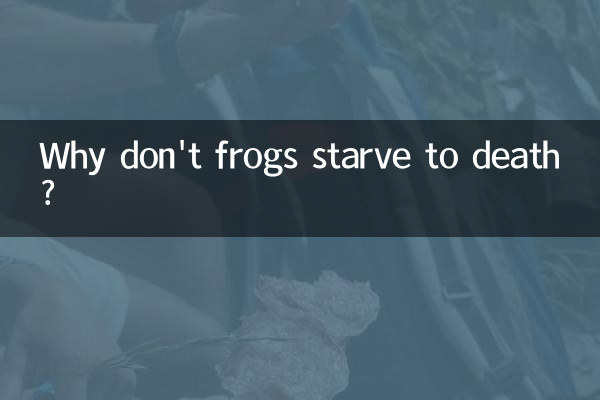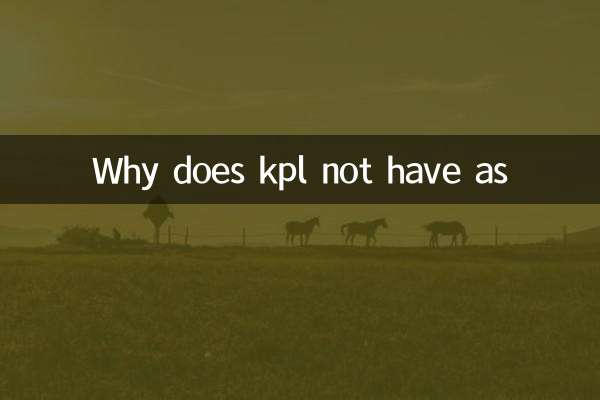Why don't frogs starve to death? Revealing the survival wisdom of amphibians
In nature, frogs adapt to changing environments with their unique survival strategies and physiological mechanisms. Many people wonder: Why do frogs never seem to starve to death? This article will combine the hot scientific topics and biological research on the Internet in the past 10 days to analyze this phenomenon from a structured perspective.
1. Metabolism and energy storage mechanism of frogs

Frogs are cold-blooded animals (cold-blooded animals), and their metabolic rate is closely related to the ambient temperature. In a low temperature environment, the metabolic rate is greatly reduced and energy consumption is very small. The following is a comparison of metabolic data between frogs and other animals:
| animal type | Basal metabolic rate (kcal/kg/day) | Extreme environment survival time |
|---|---|---|
| Frog (normal temperature) | 5-10 | 1-2 weeks |
| Frog (low temperature) | 0.5-2 | Several months (hibernation) |
| Mammals (such as mice) | 60-80 | 3-5 days |
2. Frog feeding strategies and food sources
Frogs are opportunistic predators with a broad diet and adaptability. According to recent hot research, the feeding behavior of frogs has the following characteristics:
| food type | Proportion (%) | Get frequency |
|---|---|---|
| Insects (such as mosquitoes, flies) | 70-80 | multiple times a day |
| small invertebrates | 15-20 | several times a week |
| Plant residue (occasionally) | 5-10 | Seasonal |
3. Environmental Adaptation and Energy Reserves
Frogs cope with food shortages by:
1.Hibernation and aestivation: In extreme temperatures, frogs can enter a state of hibernation, reducing their metabolic rate to extremely low levels and relying solely on body fat to stay alive.
2.Skin absorbs moisture and minerals: The frog's skin can assist in absorbing moisture and nutrients from the environment, reducing dependence on food.
3.Energy distribution optimization: There is a significant difference in energy allocation between the breeding period and the non-breeding period. For example, female frogs will consume a large amount of reserves during the egg-laying period, but in normal times, they give priority to maintaining basic survival.
4. Hot discussion on the Internet: Enlightenment of frog’s survival strategy
Recently, scientists have drawn inspiration from the survival mechanism of frogs and proposed the following research directions:
-bionic medicine: Simulate the hypometabolic state of frogs and explore new methods for human disease treatment (such as organ preservation).
-ecological protection: Research on the adaptability of frog populations under climate change has become a hot topic, and related papers have been frequently cited in journals such as Nature.
-agricultural applications: Make use of frogs’ pest-eating habits to promote ecological agriculture (such as raising frogs in rice fields).
in conclusion
The secret of why frogs "won't starve to death" lies in their efficient metabolic regulation, flexible feeding strategies and strong ability to adapt to the environment. This phenomenon not only shows the wonders of nature, but also provides valuable inspiration for the development of human science and technology. In the future, with the deepening of research, the survival wisdom of frogs may play a role in more fields.

check the details

check the details